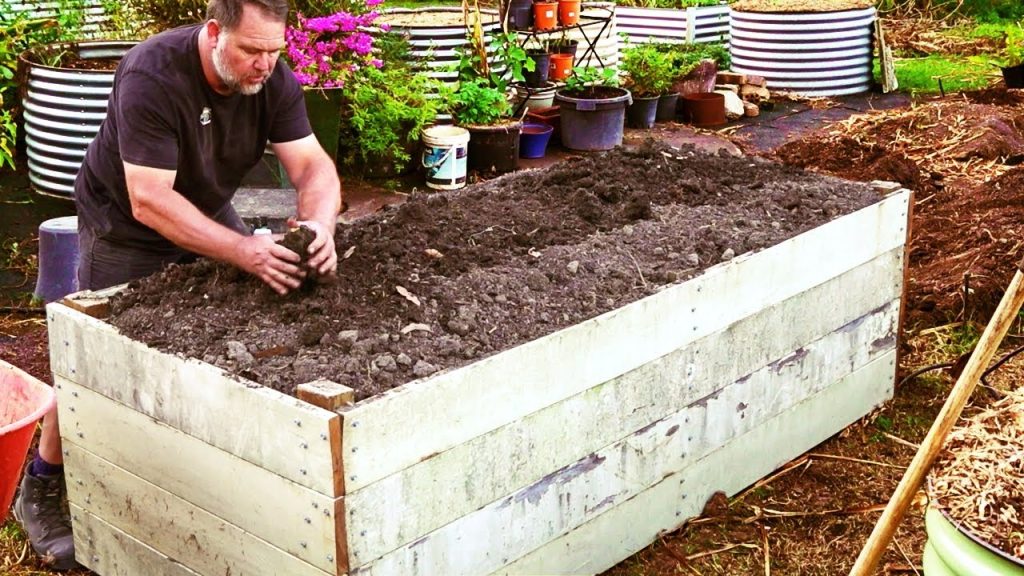Overview
Sweet potatoes are not only delicious but also packed with nutrients, making them a wonderful addition to any garden. If you’re interested in growing your own sweet potatoes, this article will guide you through the process. We’ll explore the benefits of sweet potatoes, provide step-by-step instructions on how to grow them, highlight important considerations, and conclude with some final thoughts.
About Sweet Potatoes
Sweet potatoes, scientifically known as Ipomoea batatas, are root vegetables that belong to the morning glory family. They are known for their vibrant orange flesh, sweet taste, and versatility in cooking. Sweet potatoes are an excellent source of dietary fiber, vitamins A and C, and various minerals. They are also rich in antioxidants and have a lower glycemic index compared to regular potatoes, making them a healthier alternative.

Benefits of Sweet Potatoes
Growing sweet potatoes in your garden offers numerous benefits. Firstly, they are relatively easy to cultivate and require minimal maintenance. Secondly, sweet potatoes are highly nutritious and can be a valuable addition to your diet. Additionally, growing your own sweet potatoes allows you to enjoy the satisfaction of harvesting fresh, homegrown produce.
How to Grow Sweet Potatoes
Choose the Right Variety: Select a sweet potato variety that suits your climate and preferences. Some popular options include Beauregard, Covington, and Jewel.
Prepare the Soil: Sweet potatoes thrive in loose, well-draining soil with a pH between 5.8 and 6.2. Prepare the soil by removing weeds and incorporating organic matter, such as compost or aged manure, to improve fertility and drainage.
Planting: Sweet potatoes are typically grown from slips, which are small rooted cuttings. You can purchase slips from a nursery or start your own by placing sweet potato tubers in water until they develop roots. Plant the slips or tubers in mounds or raised beds, spacing them about 12-18 inches apart.
Provide Adequate Care: Water the plants regularly, ensuring the soil stays consistently moist but not waterlogged. Mulching can help retain moisture and suppress weed growth. Fertilize the plants with a balanced organic fertilizer, following the package instructions. Monitor for pests and diseases and take appropriate measures if necessary.
Harvesting: Sweet potatoes are ready to harvest when the foliage begins to yellow and die back. Gently dig up the tubers, being careful not to damage them. Allow them to cure in a warm, dry location for about a week to improve flavor and storage quality.
What to Consider
Growing Conditions: Sweet potatoes require a long, warm growing season, preferably with temperatures above 70°F (21°C). Choose a sunny spot in your garden that receives at least six hours of direct sunlight daily.
Space: Sweet potato plants spread vigorously, so provide ample space for the vines to trail or trellis them for vertical growth.
Pest and Disease Control: Common pests that may affect sweet potatoes include sweet potato weevils, aphids, and whiteflies. Be vigilant and take appropriate measures to control these pests. Rotating crops and practicing good garden hygiene can help prevent diseases.
Conclusion
Growing your own sweet potatoes can be a rewarding and enjoyable experience. Not only will you have a bountiful harvest of delicious and nutritious tubers, but you’ll also gain a deeper understanding and appreciation for the food you consume. Remember to experiment with different recipes to fully savor the unique flavor of your homegrown sweet potatoes. So why not give it a try and embark on a journey of cultivating your own sweet potato patch?




